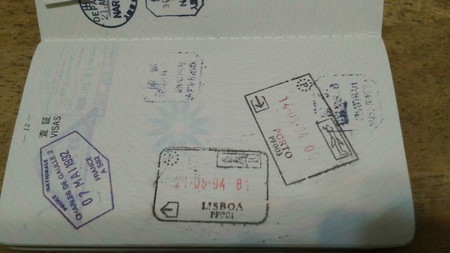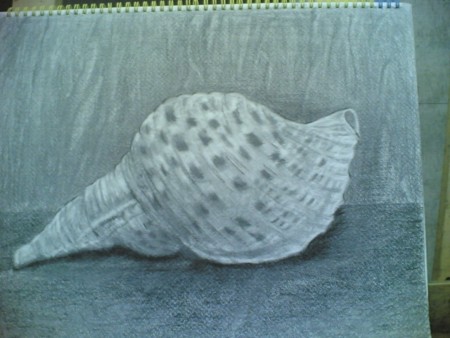The first stop I visited on my Portugal tour was Porto, a port city in northern Portugal, the second largest city after Lisbon.
Porto is a beautiful city with many hills on the northern bank of the Douro River, which flows through northern Portugal, and is also known as a port wine producer.
The so-called port wine is a specialty fortified wine that is shipped from Porto Port, and is classified as a sweet fruit liquor according to the Japanese Sake Tax Law.
Port wine, which is widely known in Japan, is a sweet fruit liquor released in 1907 by a Western-style liquor maker in Western Japan, and is currently sold at around 550㎖ for around 700-1000 yen.
By the way, the day after arriving in Porto was devoted to the winery tour, the small bus we took on tour was laid down in a large wine factory, and from there we were guided by winery staff to observe the manufacturing process, The enormous size of the equipment was just amazing.
And after receiving the staff's explanation, I learned for the first time that port wine was not a cheap fruit wine, but a luxury and expensive wine that was once favored by the former royal family to modern wealthy.
After the factory tour, the testing I was looking for was expensive red wine with a color reminiscent of jewelry ruby, so only a small glass was offered, but it was truly beautiful.

Porto landscape

The wineries we visited
私が参加したポルトガル周遊パックツアーの最初の訪問地は、ポルトガル北部の港湾都市で、首都リスボンに次ぐ第二の都市のポルトだった。
ポルトは、ポルトガル北部を流れるドウロ川北岸に築かれた坂の多い美しい街で、ポートワインの産地としても知られている。
いわゆるポートワインは、このポルト港から出荷される特産の酒精強化ワインで、日本の酒税法上では甘味果実酒に分類されている。
また、日本で広く知られているポートワインは、西日本のある洋酒メーカーが1907年に発売した甘味果実酒で、現在のネット販売では550㎖で700円~1000円くらいの手軽な価格である
さて、ポルトに到着の翌日はワイナリー見学に充てられ、私たちツアー参加者が乗った小型バスは大きなワイン工場に横付けさ、そこからはワイナリーのスタッフに案内されて製造過程を見学したのだが、設備の余りの巨大さにただただ驚くばかりだった。
そしてスタッフの説明を受けた後で、私は初めて、ポートワインが廉価な果実酒ではなく、かつての王室から現代の富裕階級に愛用されている高級・高価なワインであることを知った。
工場見学の後の私が楽しみにしていたテスティングは、宝石のルビーを思わせる色の高価な赤ワインだったので、小さなグラス一杯しか提供されなかったが、誠に美しい色だった。





